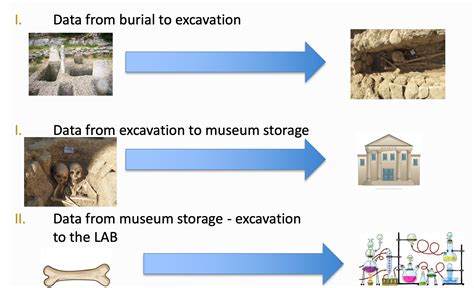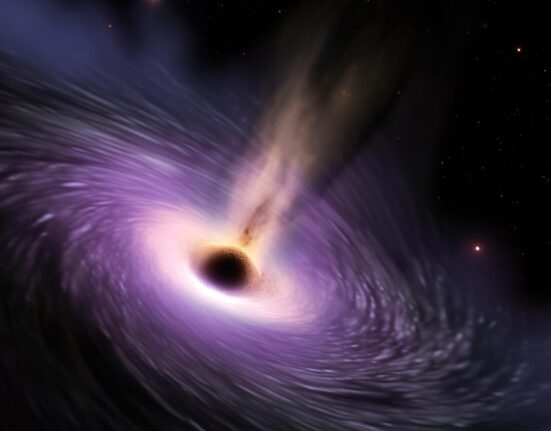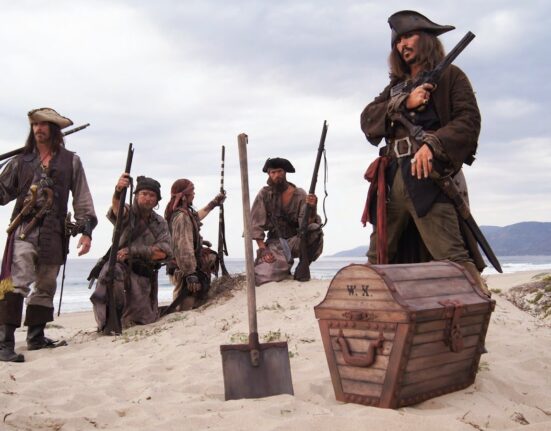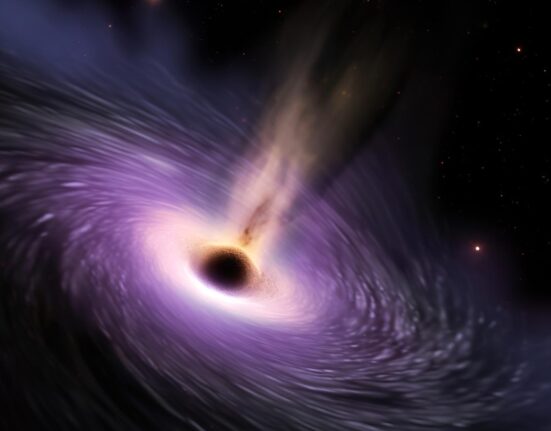—
Unlocking the Genetic Secrets
In a fascinating journey back 2,000 years ago to Iron Age England, researchers have uncovered groundbreaking evidence that sheds light on the social and political dynamics of Celtic communities. Through DNA analysis of skeletal remains from Celtic sites in southern England, scientists have unearthed clues hinting at a unique societal structure where women held significant power.
The Matrilocality Revelation
One of the most striking discoveries was the prevalence of matrilocality among these Iron Age Celts. Matrilocality, a marriage pattern where men married into female-led communities, seemed to be a common practice among the Durotrigians—a Celtic society situated on the south-central coast of England. This arrangement allowed women to maintain their roles within their home communities while their male partners originated from outside regions.
Ancient DNA Insights
Through meticulous mitochondrial DNA analyses, researchers identified shared maternal ancestry among individuals buried in Iron Age cemeteries near Durotrigian sites. While most individuals showed genetic relationships through maternal lineage, a subset—predominantly men—displayed no such connections, indicating an influx of males into a predominantly female-centric society.
Historical Context and Prestige
Historical accounts from Greek and Roman writers had previously hinted at the influential role of Celtic women in Iron Age England. Tales of powerful female political leaders, including Celtic queens, painted a picture of societies where women held considerable status and influence. The placement of prestigious ornaments and possessions in graves further underscored the importance placed on matrilineal inheritance within these cultures.
Celtic Societal Dynamics
The Celts, comprising diverse societies speaking related Indo-European languages across Europe during ancient times, exhibited complex social structures that varied across different regions. The infusion of continental European ancestry into southern English Celtic populations highlighted cultural exchanges that occurred through migration and intermingling with neighboring communities.
Contemporary Parallels
Drawing parallels between ancient matrilocal societies and present-day counterparts, researchers noted variations in how power and authority were distributed within these systems. While men may hold formal positions of authority, women often collaborated with maternal relatives to navigate familial decisions regarding property ownership, economic activities, and education—an arrangement providing women with increased autonomy compared to patrilocal setups.
Unanswered Mysteries and Future Inquiries
Despite significant advancements in understanding Iron Age Celtic societies through genetic studies and archaeological excavations, intriguing questions remain unanswered. The origins and integration processes of men who married Durotrigian women pose mysteries yet to be unraveled by researchers. Moreover, variances in burial practices between British Durotrigian sites and continental European locations raise questions about regional cultural nuances influencing societal structures.
—
By delving into the genetic tapestry preserved within ancient bones and unraveling the intricate threads woven by Iron Age Celtic communities like the Durotrigians, researchers are piecing together a more comprehensive narrative of our shared human history—one where women played pivotal roles not just as caretakers or homemakers but as leaders shaping their societies’ destinies.









Leave feedback about this